Continuing the ongoing series of interviews with creative artists working on various aspects of movie and TV productions, it is my delight to welcome Jeffrey Waldron. In this interview he talks about how the changes in the world of episodic productions in the last few years, the dynamics of having one vs more cinematographers working on a season, building a visual language for the story and evolving it as the story progresses, and choosing his productions. Around these topics and more, Jeffrey dives deep into his work on Hulu’s “Little Fires Everywhere”. Fair warning – we did the interview right after Episode 6 aired, and there are plenty of spoilers throughout the interview on the storylines in the show.
Kirill: Please tell us about yourself and the path that took you to where you are today.
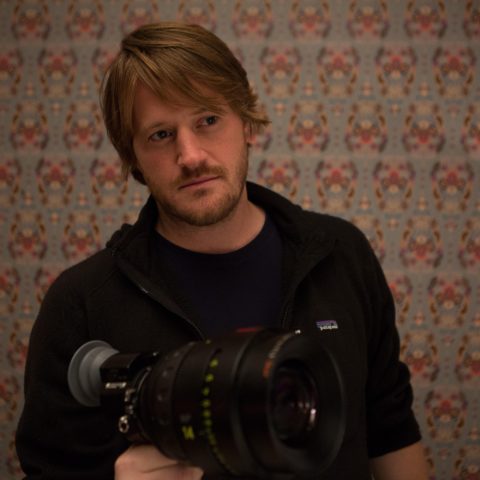 Jeffrey: I knew very early that I wanted to be a storyteller. As a kid, I was obsessed with animation. To me it was like magic, those earlier Disney films were like moving paintings. Now I have a daughter and I’m revisiting all of them, and they’re still just so beautiful. I loved the artistry and the control that the artists had over each frame in terms of balance, color, movement – complete mastery of what was in that box.
Jeffrey: I knew very early that I wanted to be a storyteller. As a kid, I was obsessed with animation. To me it was like magic, those earlier Disney films were like moving paintings. Now I have a daughter and I’m revisiting all of them, and they’re still just so beautiful. I loved the artistry and the control that the artists had over each frame in terms of balance, color, movement – complete mastery of what was in that box.
My experimentation in hand-drawn and stop-motion animation eventually put me face-to-face with a 16mm camera. From there my interest in film expanded and I started shooting still photos. I found I also enjoyed the documentary-style approach where you don’t have any of that control. Ultimately, it’s a combination of both of these elements for me – creating magic and finding magic, and in trying to combine those two interests, I realized I wanted to be a cinematographer.
In high school I started volunteering on indie film sets to learn lighting, to learn how a DP [director of photography] worked, how to use light meter and how to tell the story with camera and light. It was my passion, and when I graduated high school, I moved to LA to go to film school – and I’ve been here ever since.
Kirill: If I can bring you back to those first few times on the film sets, was there anything particularly surprising or unexpected for you?
Jeffrey: The surprising thing early on was just how much of a collaboration the whole thing was. I had started out making my own films, and especially coming from an animation background where you’re all alone, you’re doing it by yourself. When I started volunteering on a lighting crew, I started to realize that there was more to it than some grand vision at the top shared by a couple of key artists. There were so many talented hands in place making that image you see. It’s about how the light is shaped, it’s the way the painting is hung on the wall at exactly the right height for the composition, there are all these details in everything you see. I just love that kind of collaboration where everybody has a sense of what this can be and is working hard to make it the best version of that.
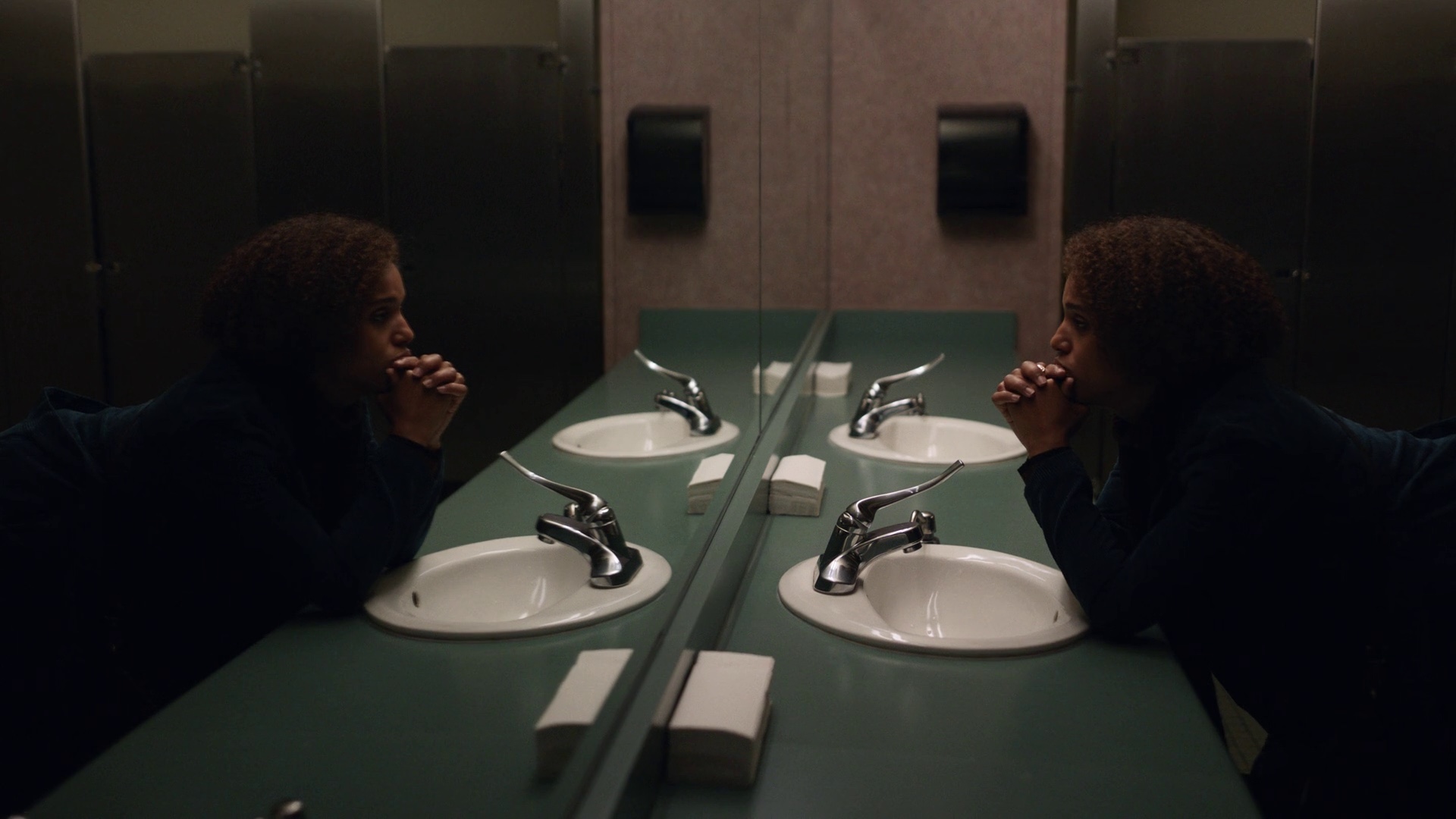
Cinematography of “Little Fires Everywhere” by Jeffrey Waldron.
Kirill: Is it hard to convey this organizational complexity when you talk about what you do for a living?
Jeffrey: I usually answer the question of what I do rather quickly, but there is of course a lot to it.
I think people know what a cameraman is, but I don’t think they know that there’s a role that is ultimately the shepherd of how they’re perceiving the work – in terms of light, color, composition, choices of depth of field and all these tools we have at our disposal. I don’t know that they know that those are all actually conscious choices, and that to pull off any of that stuff you need huge teams of skilled individuals.
You don’t want to take away from the magic of what the filmmaking is doing by explaining too much about what’s behind it. Hopefully that stuff is invisible. It’s the combined hard work of the crew members – the camera teams, the grip teams, the electric teams, the art department, wardrobe, and all of the other departments. But if the story is being told right, you hope most people feel that stuff rather than think about it.
Kirill: What do you see in the world of episodic productions in the last few years? Do you see higher expectations from the production side of things? Do you see that the audiences are expecting a higher level of storytelling?
Jeffrey: I think there’s a push from all sides to push the storytelling. The audiences expect more from the small screen than they ever have before. I think audiences now demand more depth in story and bolder cinematography. They see episodic more as a long-form feature than the TV shows we used to know.
I also see the showrunning side of it pushing the boundaries. If you’re a creator, there’s a huge competitive drive toward bigger and better. What can we do with this medium that we’ve never done before?
And then you have studios and networks like Hulu, Netflix and HBO that are driven from the top to outdo each other, to find new heights.
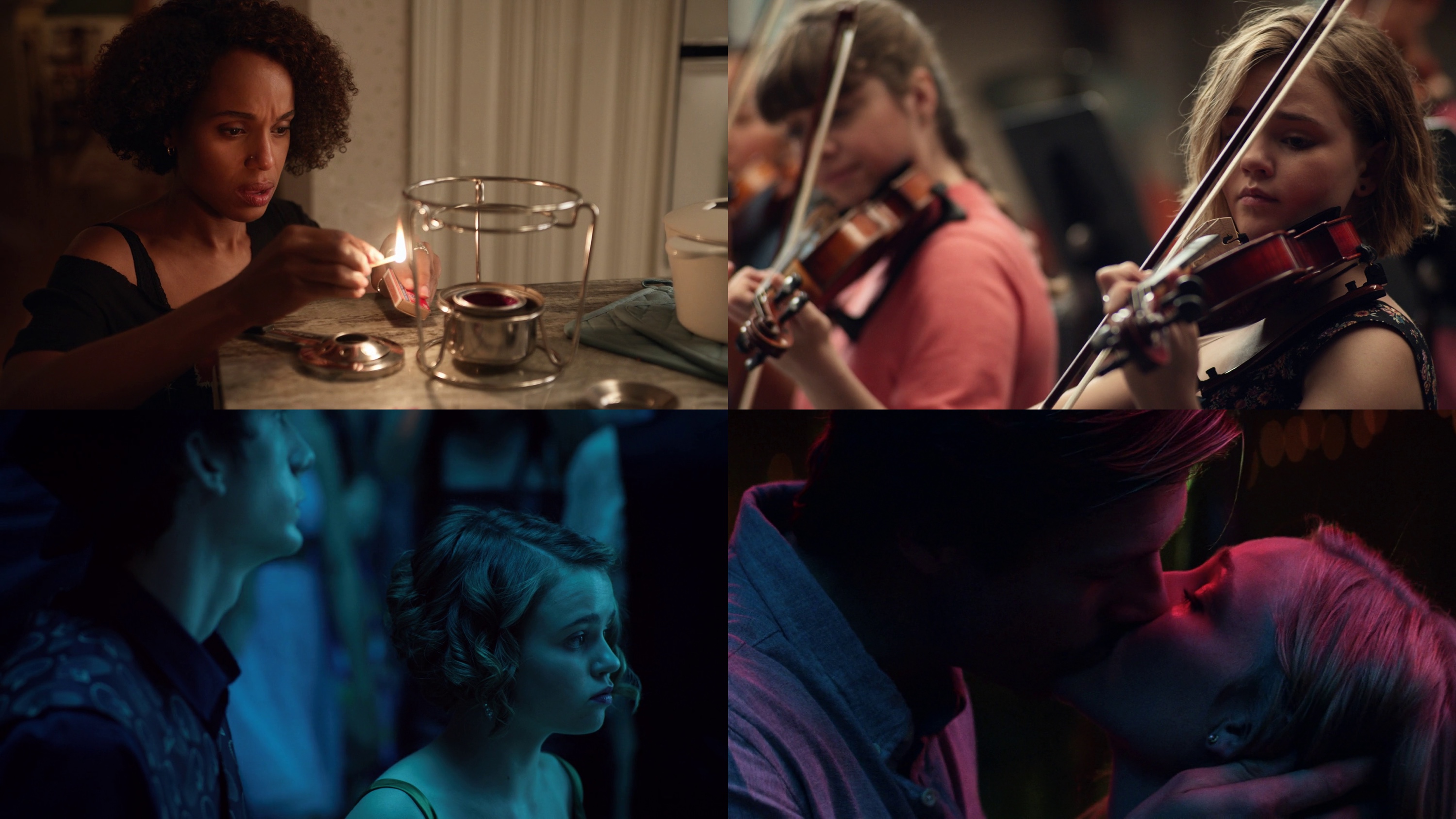
Cinematography of “Little Fires Everywhere” by Jeffrey Waldron.
Kirill: Do you ever want to hear a compliment that it was a well shot episode where people focus on your part of it and not on the story itself?
Jeffrey: Of course you want some recognition, but I think the better compliment is that the episode worked really well. Now you definitely don’t want to hear anything negative about it [laughs] but the best compliment you can hear is that it was amazing storytelling all around. If I can read that in a review, if I can hear that from somebody, then I know that we all did our part. You don’t want to stand out or be distracting in any way. You don’t want anybody to be thinking about cinematography.
Kirill: How do you choose your projects in general, and what brought you to “Little Fires Everywhere”?
Jeffrey: I had just come off of a production in New York called “Mrs Fletcher” that was based on a book. The author of the book was one of the producers and was heavily involved. There was something wonderful about trying to take the prose of a book and discover a visual representation of that. Is the book formal? Is it loosely written? How do we create the fabric of the book in this series?
So when another book adaptation came along on the heels of that, I was again inspired to try to bring it to the screen. I read the book before the interview, and I also read the first couple of scripts. The book was amazing but there was also a lot of additional depth that Liz Tigelaar the show runner brought to her interpretation in the scripts. It was exciting to me.
Beyond that, I’m a 90’s kid. My last three years of high school were in suburban Washington DC. We lived in a house very similar to Elena’s, in a world very similar to Shaker. I felt an instant connection and I knew throwing myself back there, tapping into memory to help create the visual story, was going to be fun for me.
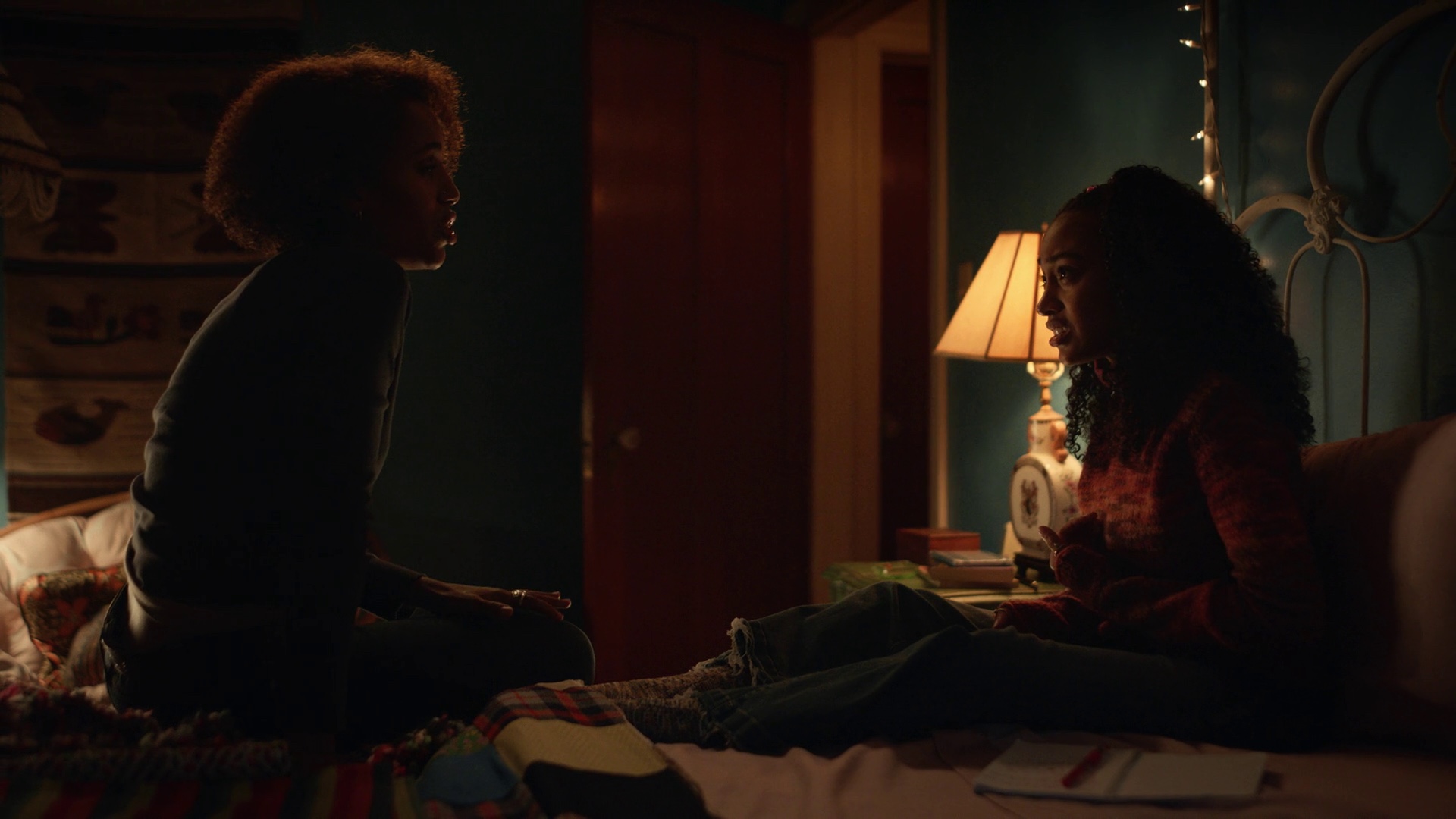
Cinematography of “Little Fires Everywhere” by Jeffrey Waldron.
Continue reading »
Continuing the ongoing series of interviews with creative artists working on various aspects of movie and TV productions, it is my pleadure to welcome Meghan Kasperlik. In this interview she talks about changes in the world of episodic storytelling in the last few years, technology advancements and what they mean to costume department, conversations around creating costumes that tell stories, and what happens behind the glamorous curtain of these productions. Around these topics and more, Meghan dives deep into what went into the first season of the highly acclaimed “Watchmen”.
Kirill: Please tell us about yourself and the path that took you to where you are today.
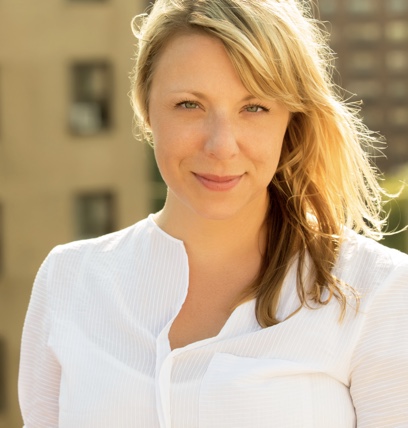 Meghan: My name is Meghan Kasperlik and I’m a costume designer for TV and film. I started out being fascinated with film when I was young, I loved watching movies. But back then, as a child, I never really knew that there was a possibility of working in the movies.
Meghan: My name is Meghan Kasperlik and I’m a costume designer for TV and film. I started out being fascinated with film when I was young, I loved watching movies. But back then, as a child, I never really knew that there was a possibility of working in the movies.
I grew up in the Midwest, so it wasn’t something that I thought was obtainable for a long time. When I got into high school, I became more interested in fashion and I thought I would be going into the fashion industry. When I was in college, I majored in fashion merchandising with a plan to go to New York. When I got to New York I was working in fashion PR and as a stylist assistant, working my way up to stylist for different projects, in commercials, magazines, etc.
I was styling and doing PR, and my roommate at the time said that a television show he was working on needed a costume production assistant. I asked him who was the costume designer, and not that I would have had much of a choice at the time, but it happened to be Patricia Field, the Costume Designer for “Sex in the City”. It was an exciting opportunity. I interviewed and I got the job as the costume PA. Since then I have worked my way up from the bottom.
I worked in the costume department with Patricia Field for 3.5 years, going from costume PA to the costume coordinator to the assistant designer. Then I started working with other people as the assistant designer, and then started designing.

Costume design for 7th Kavalry on “Watchmen” by Meghan Kasperlik.
Kirill: If you look back at your first few experiences in the TV and movie world, was there anything particularly unexpected or surprising for you?
Meghan: When I was on a photo shoot for a fashion spread, there’s a large number of people involved. But it’s an editorial, so it’s much more contained. There’s not as many people building the sets on-site or not as many camera people. So when I got to be on film production, just to see the amount of crew in each department was fascinating to me. I learned about a lot of other departments and what everyone was doing and seeing that was educational because I learned so much. I’m a person who tries to absorb as much as possible within the setting, and so that was fascinating. It made me more interested in TV and film.
Because I had a number of years of experience in the fashion industry, that definitely helped me work at a fast pace and understand the pace of TV and film. That wasn’t a struggle or anything, but I definitely was able to utilize that to be able to achieve what I wanted to within each project.
Kirill: Is there anything that still manages to surprise you when you join the new production?
Meghan: Anything is possible [laughs], but I don’t know if anything really surprises me anymore. You have to expect the unexpected. Sometimes projects are achieved with a lot of work. It might be a bit surprising at first, but the magic of television is pretty remarkable. Not much shocks me. I’m un-shockable [laughs].
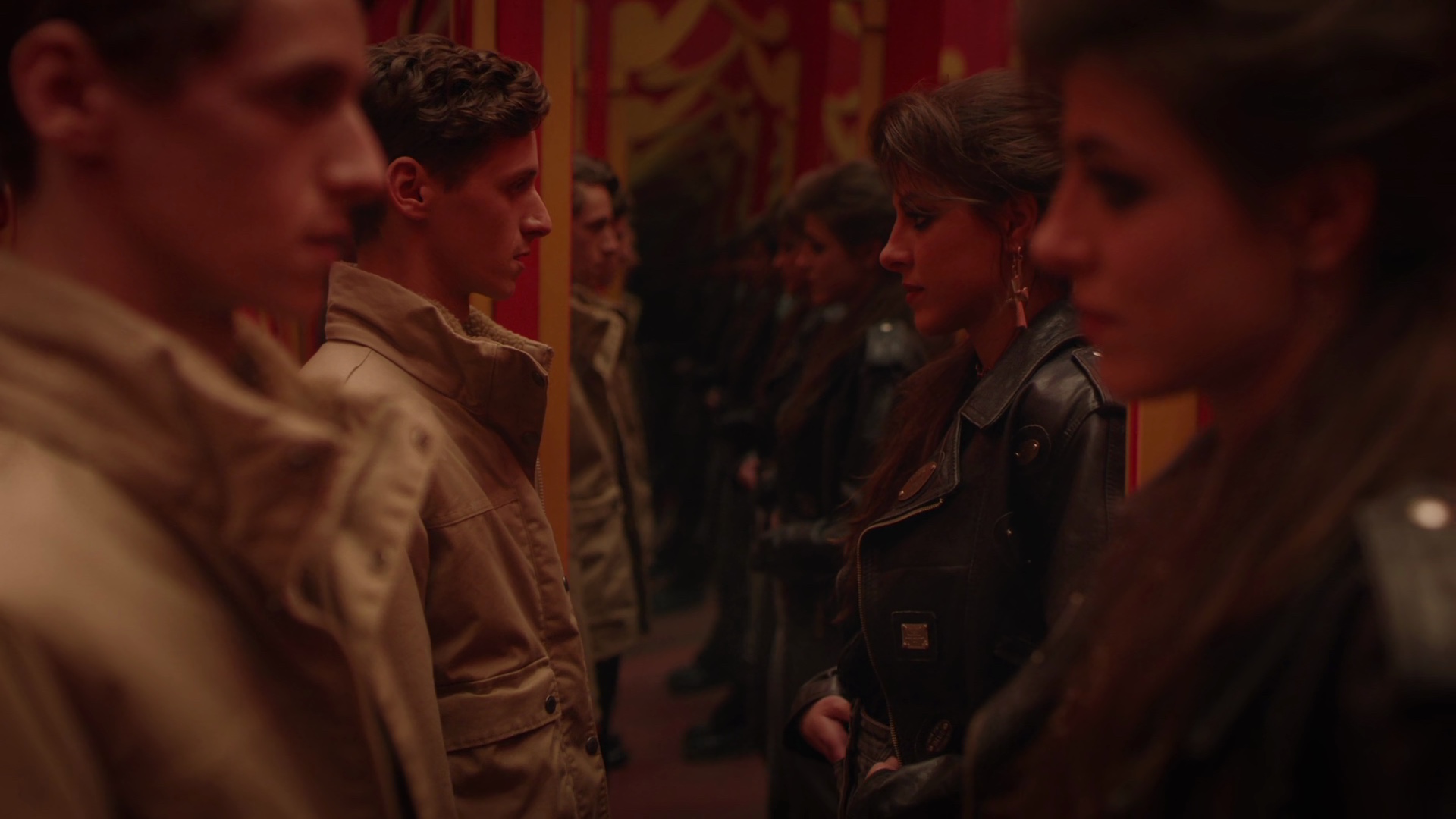
Costume design for the flashback sequence on “Watchmen” by Meghan Kasperlik.
Kirill: You started in the TV world, then you were in the feature film world, and now you’re back in the TV world again. How much has this world has changed in the last 5-6 years?
Meghan: Television programming has evolved, and streaming services have definitely changed the game. So many more people are staying home to watch content that’s really interesting. It’s not just the Thursday night programming that was the must-watch. Now there’s must-watch television whenever you want. There’s a lot more content happening in television, especially with streaming services.
And there’s a lot more smart content happening. When I first started, it felt that people watched it to be entertained. But now I feel that much more of the content in TV now is making people think – and think outside the box. People are watching anything from dark comedies and dramas to documentaries, documentaries that are turning into features turning into miniseries. That is fascinating and there’s much more of a platform for a lot more ideas. That huge growth helped the industry, but it also made people aware of smart content – which I think is important.
Kirill: As technology evolves, viewers at home can afford getting much better and bigger screens, and the productions themselves are constantly pushed to use higher-resolution digital cameras. And on top of that, viewers are probably getting used to expecting that “cinematic” feel from the episodic shows they’re watching. Does that make your job more complicated?
Meghan: I’m looking at the last few years, and each year that I’m in this business it becomes more and more apparent that the costume has to be prepared to be seen at all angles. Just because it’s written a certain way in the script does not mean that that’s way the way that it will be filmed and shot for television or for film. I need to ensure that every angle that the camera could be on that costume has to have everything in place – the correct color, texture, fabric. All of it has to be able to be seen on camera.
You can’t say that they’ll never see that button or the back of the waistband of the pant. They will see it at some point.
So while I’m creating the costume and checking it in the fitting to see the angles, that is definitely something I have to be more aware of. It also makes it more exciting. Now we’re seeing design details that maybe we didn’t see 10 years ago because of the way that the television programming is being filmed – like you said in more of a cinematic element. So it is very important to make sure that it’s all looking like it should at all angles.
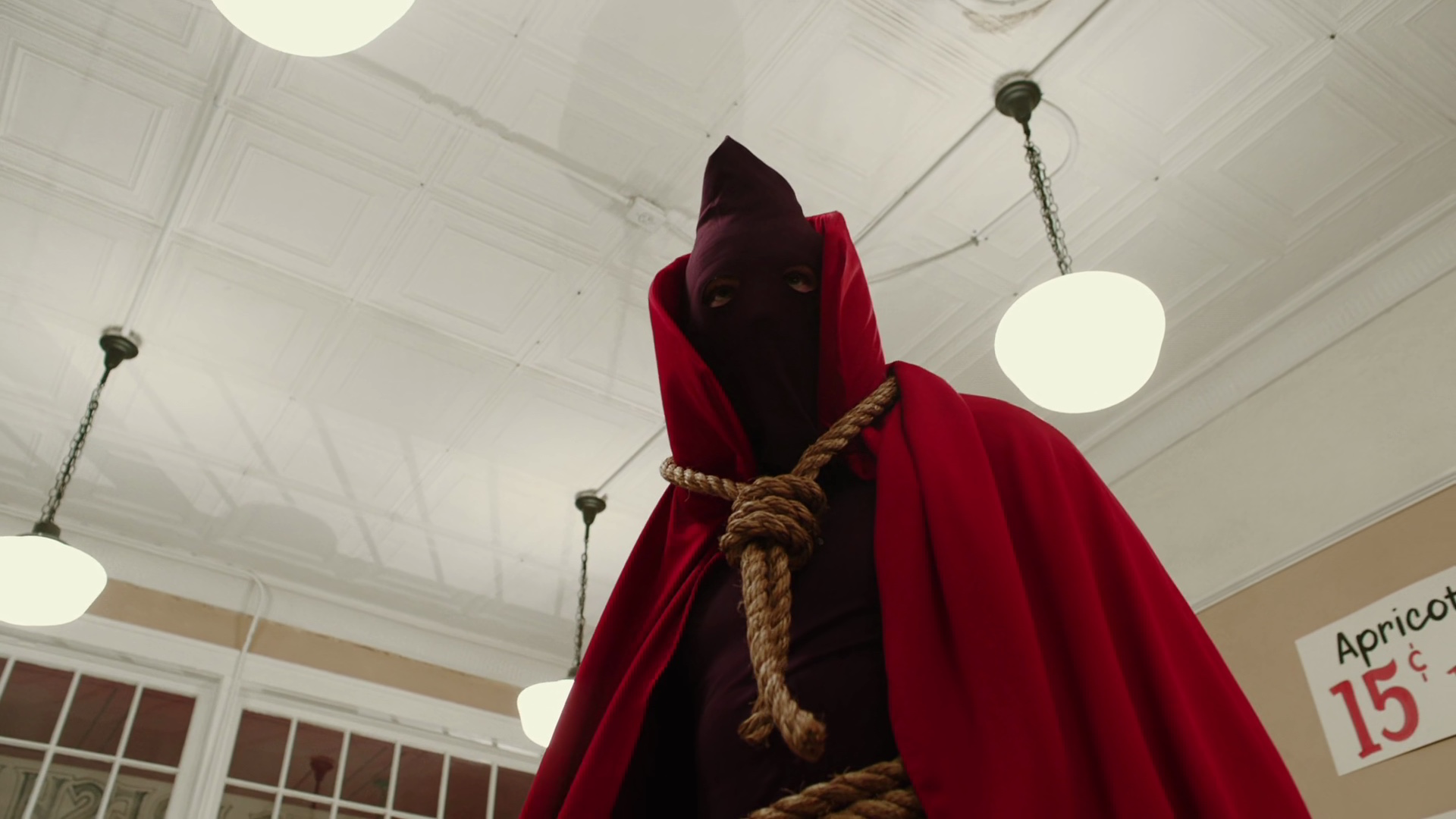
Costume design for Hooded Justice / American Hero on “Watchmen” by Meghan Kasperlik.
Continue reading »
Continuing the series of interviews with designers and artists that bring user interfaces and graphics to the big screens, it’s my pleasure to welcome Clayton McDermott. A multi-faceted portfolio highlights Clayton’s work in art direction, motion graphics, illustration and animation. He’s been with “Black Mirror” since the very first season when he worked on “Fifteen Million Merits” and “The Entire History of You”, as well as the now-iconic title sequence of the show. His work can also be seen in the later episodes such as “Men Against Fire”, “Hated in the Nation”, “Rachel, Jack and Ashley Too” and the most recent interactive installment of “Bandersnatch”.
Kirill: Please tell us about yourself and the path that took you to where you are today
Clayton: I never really knew what I wanted to do growing up, I was interested in a lot of things and I still am. I watched a lot of animation, I played a lot of computer games, I was amazed by film and animatronics, I drew, I painted and generally just enjoyed anything art and design related. I think more than anything though I was fascinated by how stuff worked.
I had a decent enough computer at the time and although the internet was still relatively young I began exploring some of the things that interested me digitally. I started messing around with programmes like Photoshop, Director, Adobe Flash, even HTML and began to realise I could use them to make my own content. It was around that time that I realised motion graphics was a thing and how a program called After Effects was being used to make some of the stuff I had seen on TV as well as things like DVD menus etc. All the while I was looking into these things I was learning and teaching myself new skills, I enjoy it all as a creative process. I began to realise that maybe if I just did something I enjoyed as a career hopefully it wouldn’t really feel like I was working. That’s where my career began.
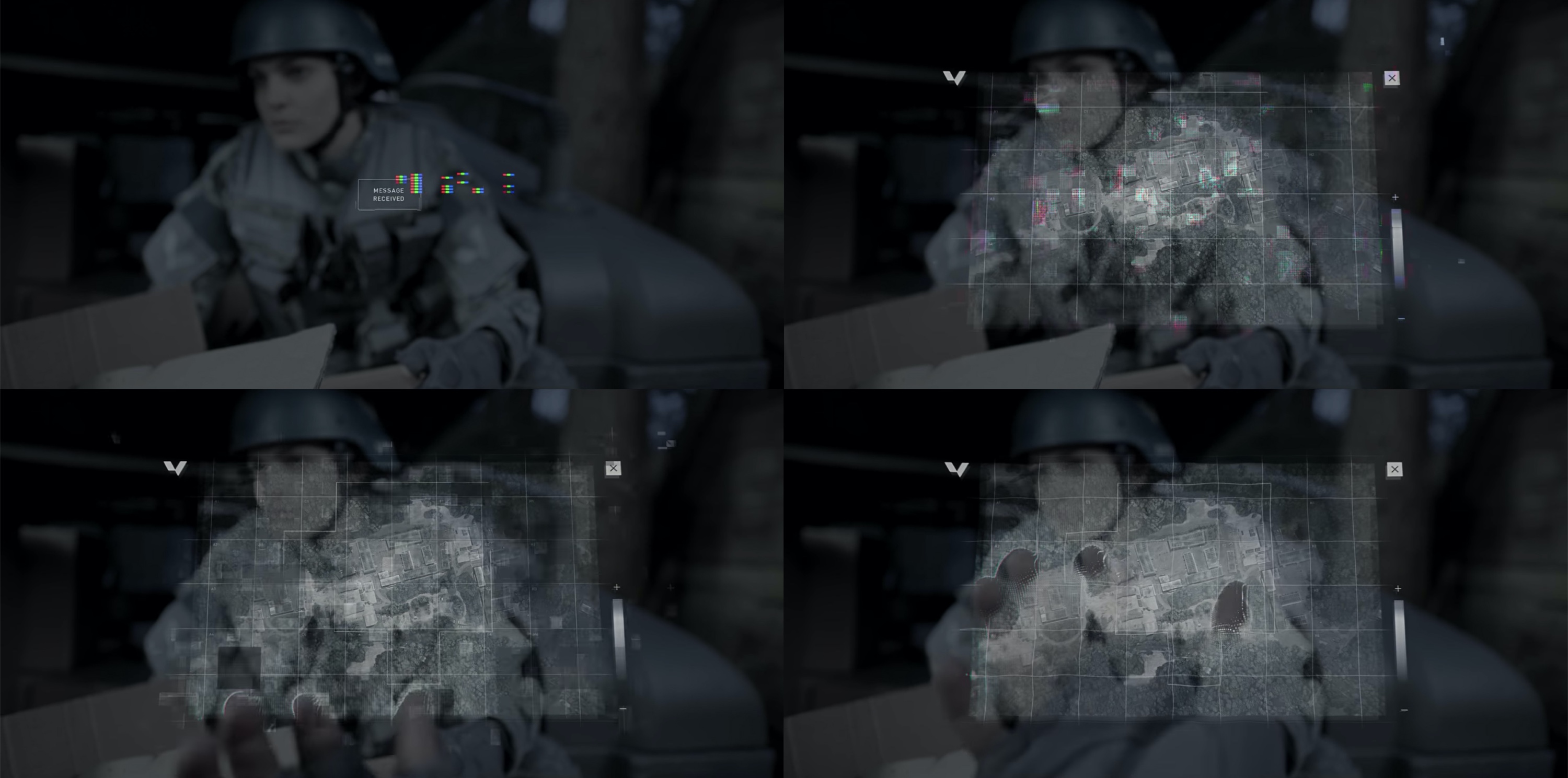
Screen graphics for “Men Against Fire” episode of “Black Mirror”. Courtesy of Clayton McDermott.
Kirill: Looking back at your first couple of productions, what was the most unexpected part of working on client projects?
Clayton: I don’t think anything really prepares you for your first job and although I’m not sure it was completely unexpected I think early on in my career I learnt not to be too precious or protective about that initial idea. Things often evolve or change over the course of a project and more often than not you will need to revisit or adapt ideas as things progress. Sometimes a client brief will change so much you need to pretty much start again. There are often a lot of moving parts, it is what it is.
Kirill: Do you worry about how your work will age / be seen in 20-30 years?
I think it’s hard not to think about, especially when you have grown up and are working in a time that has seen such rapid advances in technology. Whether or not it worries me, I’m not so sure. I’d like to believe that everything has its place in time and I can live with that. I suppose most of the projects I have been involved with also serve as a form of entertainment and I’m still entertained by things that now might otherwise seem dated.
Kirill: Between ideas in your head and deep knowledge of tools to translate those ideas to the screen, what’s more important in your opinion?
Clayton: I suppose without the idea the tools are useless. When pitching ideas there are often parts where you are unsure of how you will achieve them. I guess that’s also what keeps me interested in the process – the idea of learning something new or going about solving that problem. It’s usually a good or unusual idea that forces me to learn more or develop that knowledge of those tools further.
Kirill: Looking back at when you started, do you think it’s easier to get in this field today compared to back then (better software, more affordable hardware, …)
Clayton: I remember when I started I just had to fiddle with the software to figure out what it could do and how it worked. Nowadays the internet is full of tutorials or information about how to create imagery using a wide variety of programs. Software has also just become much more accessible, I can’t remember the last time I saw or used a CD to install anything. I’m not sure laptops even come with drives anymore. With the advances in cloud-based software and subscription it’s easy just to rent software even if it’s just to try it. Obviously the internet has also been able to provide way more information than I could ever get my hands on when I started. Hardware nowadays pretty much comes right off the shelf as well, I remember a time when I had to order a computer to be built before I could use it. So I definitely think you have more exposure to the field than I ever had, not to mention an increase in available roles due to the development of film, tv and interactive content.
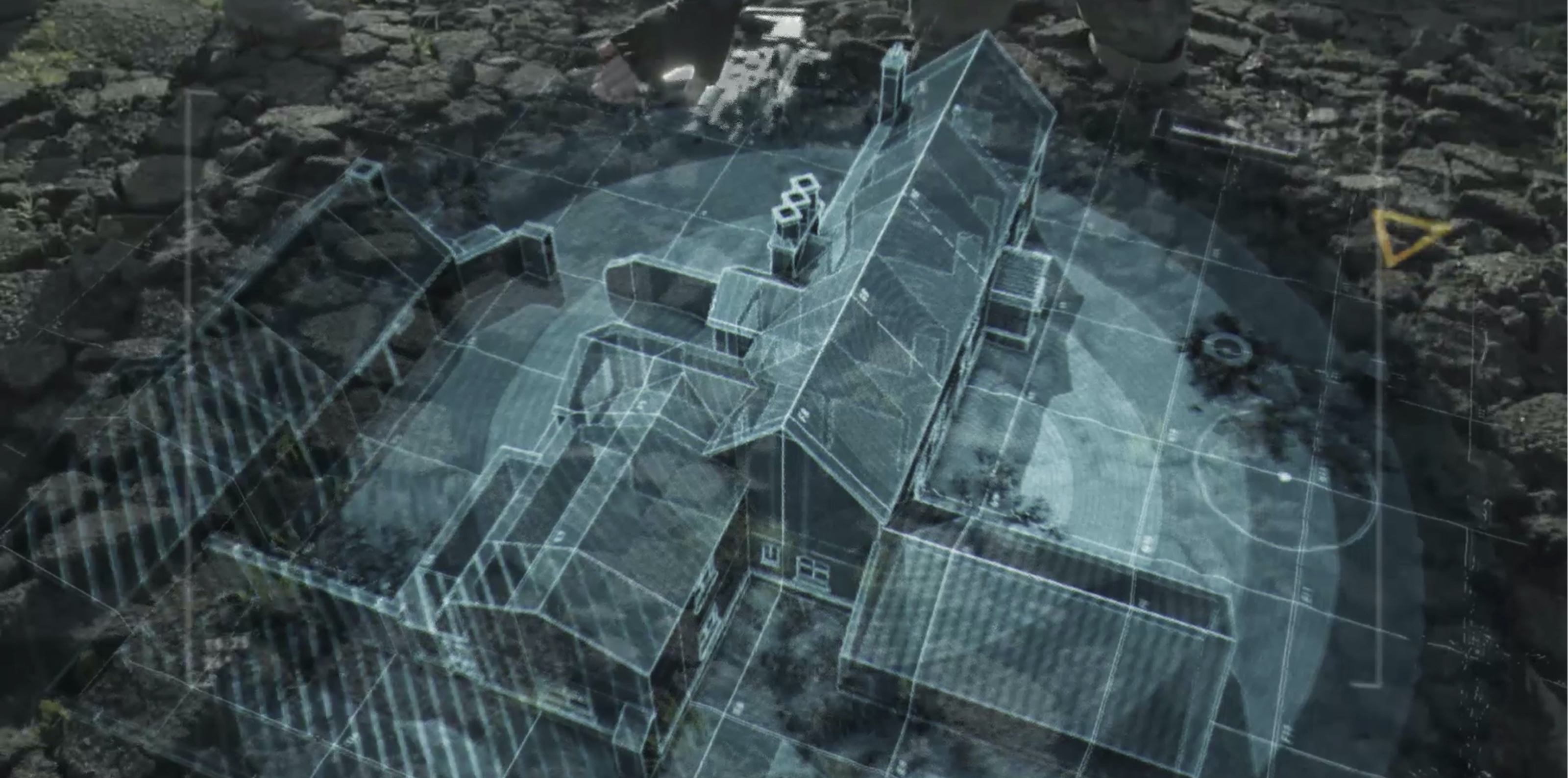
Screen graphics for “Men Against Fire” episode of “Black Mirror”. Courtesy of Clayton McDermott.
Continue reading »
Continuing the series of interviews with designers and artists that bring user interfaces and graphics to the big screens, it’s my pleasure to welcome back John Koltai. The first time we talked was six years ago, as he fielded questions about his work on “Iron Man 2”, “Iron Man 3”, “Robocop” and “The Avengers”. In this second installment John talks about his quest to improve his work-life balance, the meticulous attention to detail that goes into bringing these stories to our screens, the continuing prevalence of holographic elements in live action and animated features, and on finding the right color palettes for his characters. Between these and more, he dives deep into his work on “Spider-Man: Far From Home”, “Thor: Ragnarok” and the recently released “Spies in Disguise”.
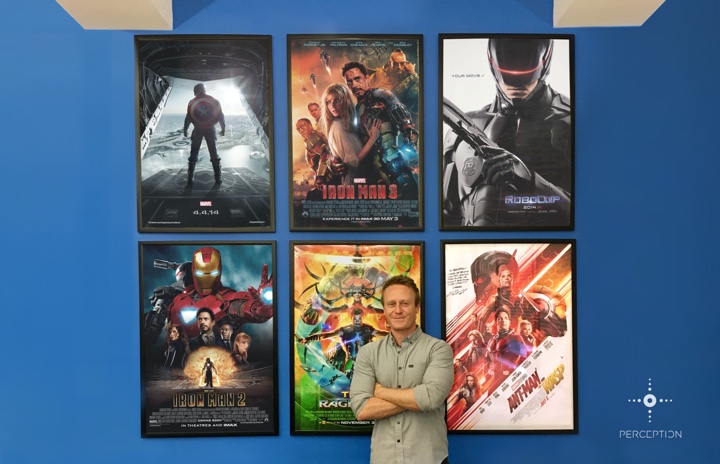
Kirill: Since this is not the first time we’re talking, let’s dive right into it. What have you been up to professionally since the last time we talked?
John: Well, the biggest FUI project that I’ve done since we spoke has been “Spies In Disguise” from Blue Sky Studios.
That was pretty significant in that when I take an FUI project, I’m usually hired by a boutique design house that’s hired by the production company. But in this case, Blue Sky reached out to me directly and hired me to essentially be the design company for all of the FUI work.
A lot of times I work on very specific things, like one particular set of gadgets or holograms. There may be a ton of these types of elements in a film and it gets spread across multiple designers and animators. With “Spies in Disguise” I designed and animated every FUI element, so that was quite an undertaking and something I’m really proud of.
Outside of that you, I contributed some designs and animations to the latest Spider-man film, as well as “Thor Ragnarok”.
I do like to break things up and not always do UI design. So I’ve also worked in-house at Showtime branding their original show “Billions”, as well as doing a bunch of Showtime sports promos and designs. Another studio I love working with is Versus NYC, and I did a bunch of short fun explainer animations with them for the NFL on CBS. I also have some very talented friends that run a production company called Human Being and I partnered up with them on a number of their Governors Ball Music Festival recap videos, as well as some videos from the band Turkuaz.
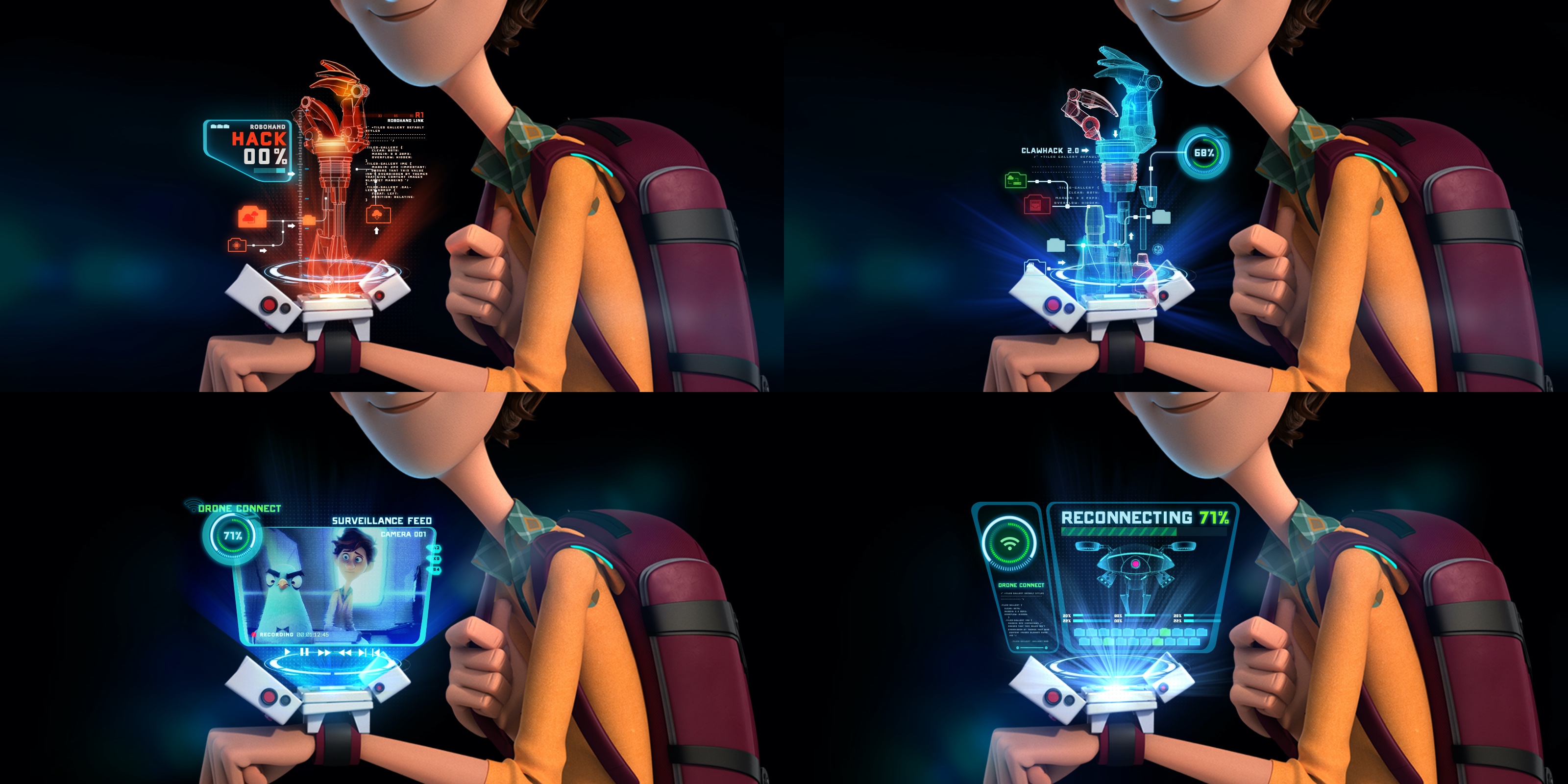
Screen graphics for “Spies in Disguise“, courtesy of John Koltai.
Kirill: Does it leave you time to relax between productions?
John: I try to give myself some time between gigs. The last time we spoke, I was very much in a mindset of grinding and taking on everything. I had a tough time saying “No” to work, so I got a little bit burnt out.
I would say I’ve worked pretty hard on dialing in more of a proper work-life balance now. Right around the time of our last interview I learned how to surf, and that has become a huge part of my life. I feel that it balances the time in front of the box really well.
Kirill: Moving closer to these three features you’ve worked on recently, how does it feel to see months or even a couple of years of work condensed into a 90-120 minute final product? When you talk about what you do with people who are not in your field, how do you convey the complexity and the time scale of it?
John: Well in general I don’t think people outside of the industry really quite understand how much meticulous detail goes into making a movie. And that’s across the board, costume design, cinematography, lighting, script – all of it. I try to always display the work I’ve done on my website, whether it’s styleframes or a process reel, and I think that helps convey the complexity of what I do. And usually it’s the other creatives that understand just how long the time scale of these things are.
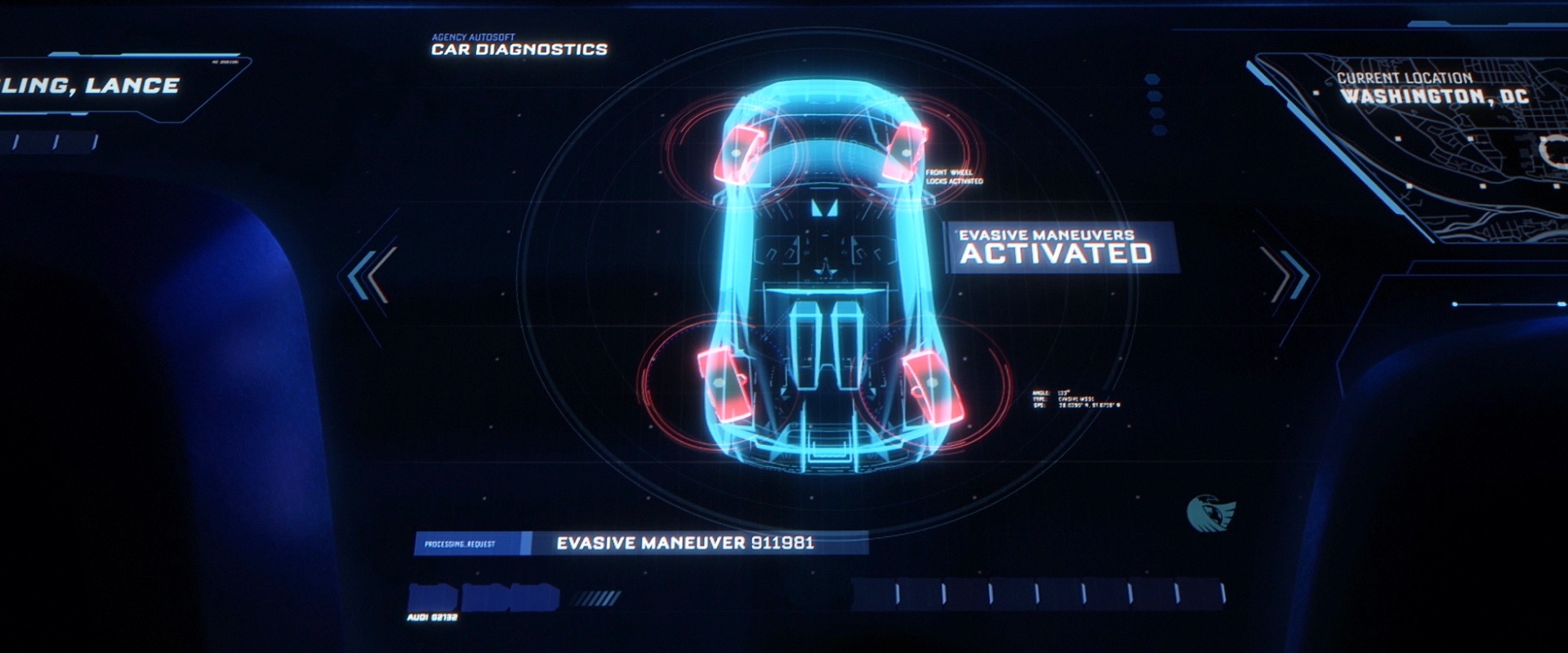
Screen graphics for “Spies in Disguise“, courtesy of John Koltai.
Continue reading »
![]() Jeffrey: I knew very early that I wanted to be a storyteller. As a kid, I was obsessed with animation. To me it was like magic, those earlier Disney films were like moving paintings. Now I have a daughter and I’m revisiting all of them, and they’re still just so beautiful. I loved the artistry and the control that the artists had over each frame in terms of balance, color, movement – complete mastery of what was in that box.
Jeffrey: I knew very early that I wanted to be a storyteller. As a kid, I was obsessed with animation. To me it was like magic, those earlier Disney films were like moving paintings. Now I have a daughter and I’m revisiting all of them, and they’re still just so beautiful. I loved the artistry and the control that the artists had over each frame in terms of balance, color, movement – complete mastery of what was in that box.![]()
![]()
![]()